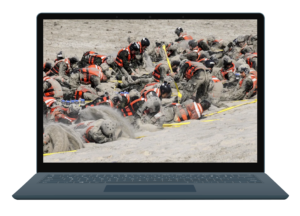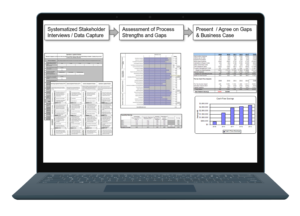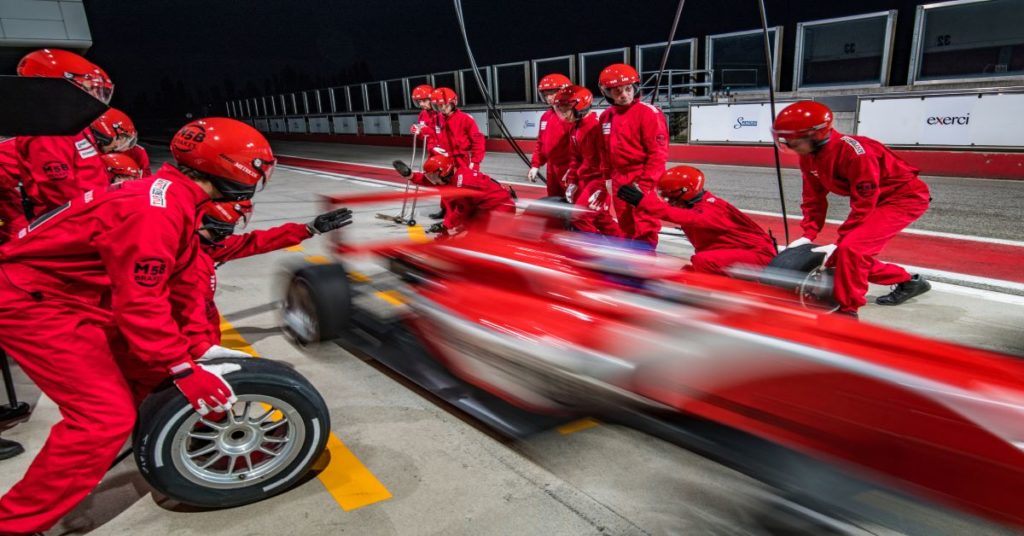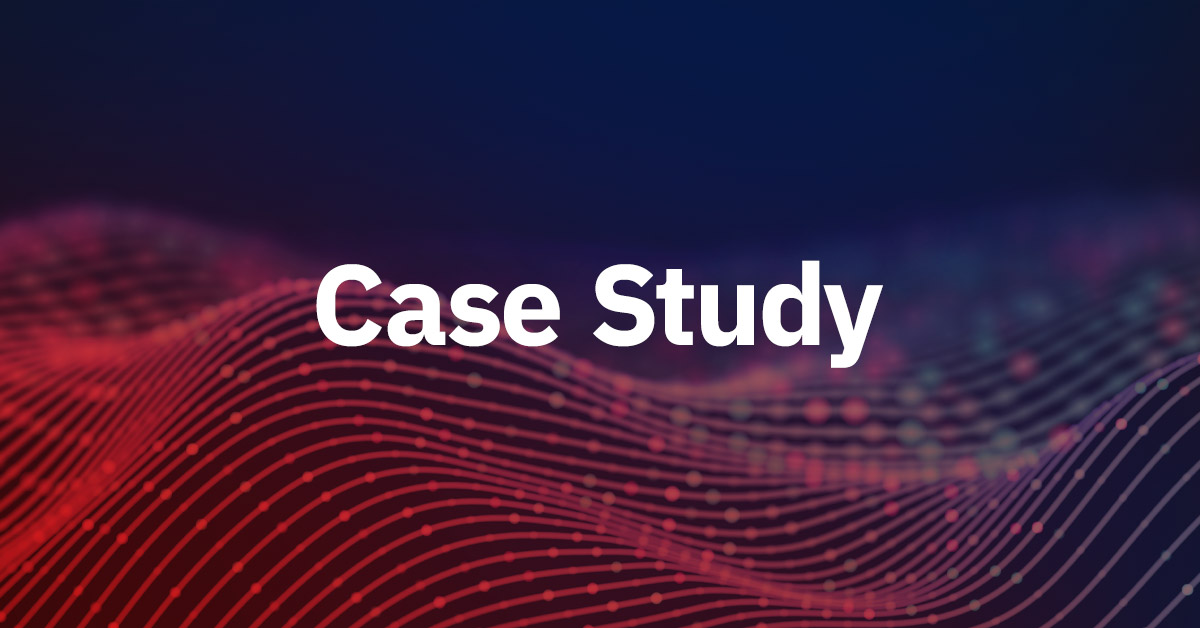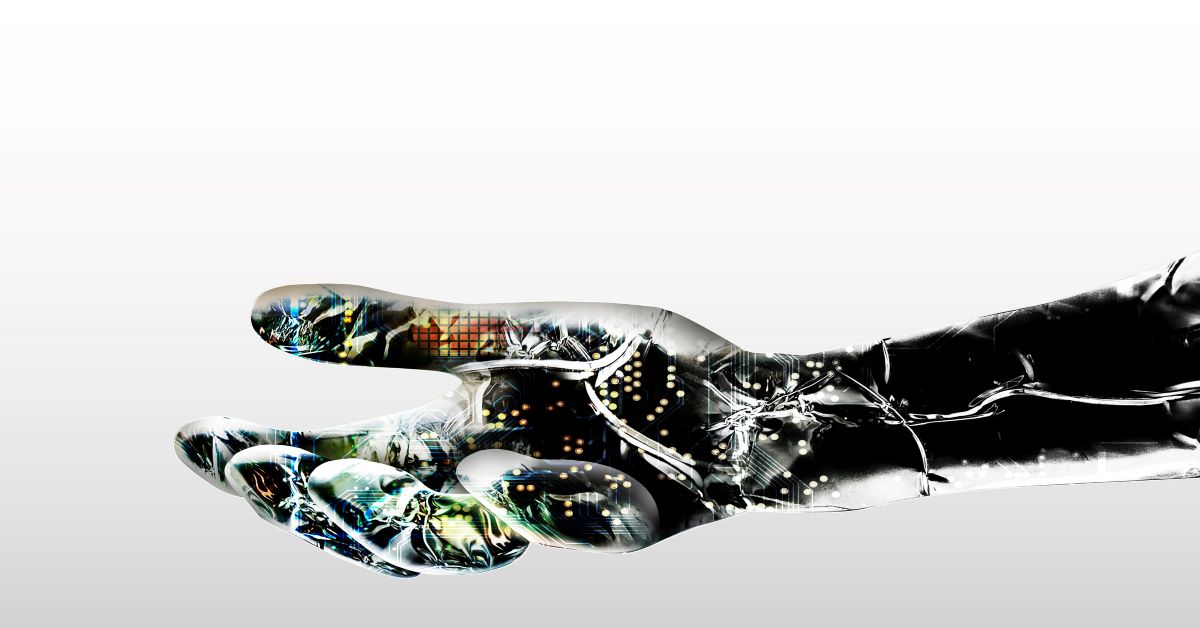

We Focus on Accelerating Time-to-Market & Reducing Costs With Embedded Knowledge!
And we’ve been focused there for over 20 years helping companies manage their performance in mission-critical, asset-intensive processes, e.g. test, enabling them to lower their cost and accelerate time-to-market. We initially focused on test because of the large investment companies make there and over time learned of its importance to getting products to market more quickly through engineering processes and revenues recognized more quickly through manufacturing. We focus across a broad spectrum of test processes and equipment because no other resource or asset management software companies do.
Embedded Knowledge is Critical to Speed and Cost Competitiveness
Our solution contains equipment-specific knowledge that enables companies to reduce the risk of their equipment while being able to easily search and find equipment that they need to get their work done. In the first image, we display a pie chart showing assets in various stages of obsolescence, from new (green) to obsolete and unsupportable (red). This console, like others shown on our various solutions pages, has drill-down capability into details making the risk of obsolete assets to projects and programs visible. The second image shows our capability to search and compare various test equipment capabilities. Eliminating equipment at high risk of causing downtime and being able to quickly search and find available equipment needed for tests that you already own is key to building the trust necessary to accelerating your test process and prevent acquiring assets you don’t need. Finally, the third image from the left helps interface your schedules tightly with your resource requirements and is capable of interfacing with project systems and our EAM system provides contextual knowledge on supply, demand, and constraints of your facilities and equipment. One-off, generic asset management solutions don’t have capabilities like these.
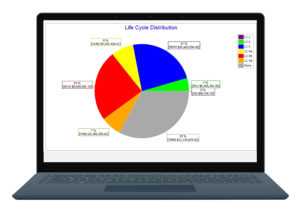
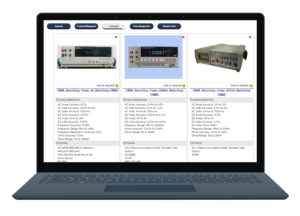
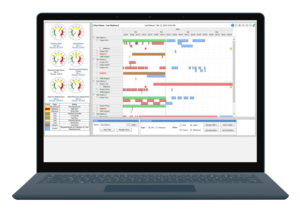
Team Culture and Practices are Critical to Speed and Cost Competitiveness:
Teams need to be focused on the most powerful intentions in order to achieve them and sometimes they don’t know where to focus. Teams are immersed in the habits and practices of the last industrial revolution which slows them down. Our implementation services and software have users focus on different concerns than they likely do now and it makes all the difference to performance. We write about this in the blog post, “Are Your Support Organizations Being Run with a DMV Mindset”. The great thing is, these new focuses aren’t difficult to learn once they are pointed out.
S.E.A.L. Training helps users build powerful relationships with their customers where customers trust and value them more, improving coordination and cooperation. That cooperation leads to significant improvements to speed and cost competitiveness as customers become more collaborative in the improvement process. Sente leverages our capability maturity model to improve trust and performance using assertions gathering in the system showing areas for improvement and the value of the improvement to the team or organzation.
Tests’ Effects on Cost and Speed:
It was probably lucky that our first customer was an engineering executive who thought he was spending too much money on equipment in engineering and was asking me to cut my prices on equipment sales, rentals and calibration service to get his return-on-assets and his capital and operating budgets under control. I didn’t feel lucky at the time. It would not have been possible to cut my prices enough to solve the underlying problems we eventually uncovered and solved, but the fact he was asking was problem enough. Our approach was colored by my background.
In Equipment Utilization — What’s your Number I’ve recounted my questions to the executive about asset utilization. I asked that question having just come off a two-year assignment running a manufacturing operation where utilization of assets was important. Based on what we found that day, one of the significant drivers of cost was ultra-low utilization of the very expensive test equipment used in engineering and manufacturing. It turns out low utilization is just a symptom of a much bigger problem causing delays and additional costs and burdens to critical enterprise value streams. The problem is the lack of organizational trust that thwarts speed and which we discuss in Are You Building a Foundation for Speed?
Critical Enterprise Value Streams: New Product Introduction & Order-to-Cash
Prior to my work in manufacturing, I worked in various marketing roles and was intimately involved in one of two major enterprise projects at GE in the early to mid-1990s.
I was a member of the New Product Introduction (NPI) CAP team from GE’s Plastics business. We were focused on launching more products, faster and at a lower cost so that we could multiply the twofold effect of an increased market share and increased margins. The other process that was under scrutiny was the Order-to-Remittance (OTR) or Order-to-Cash (OTC) CAP team. CAP was a process within GE for Change Acceleration or culture change. Our solutions had to deal with both the technical nature of the problem (processes and tools) and the cultural component (peoples’ mindsets, habits, traditions, and practices) so that change would take hold and results would accelerate. Jack Welch was impatient to get results but he was also giving us the tools and the focus we needed for success.
My background in both critical value stream processes, Engineering NPI and Manufacturing OTC, along with our application of a cultural component to our solution, greatly colored the direction I took our solutions at Sente.
Integrating Resource Management with Enterprise Processes
What I knew deeply from my work at GE is that no asset cost savings could trump the importance of the speed of key enterprise processes to produce increased market share, improved margins and ultimately improved enterprise value and stock price. From this early recognition, we gave direction to our teams that our resource management processes had to 1) get engineers what they needed, when they needed it and 2) do it at the lowest possible cost of time, energy, money and lost opportunity. This statement of purpose has never changed in the 20 years since we first made it while many of our processes and tools have evolved and improved as we’ve learned and as changes in technology – from Access databases to web tools, to Industry 4.0 — enabled new approaches and continually better results.
20 Years of Accumulated Knowledge in our Value Stream Integration Process
2019 marks the 20th anniversary of the creation of this map showing our initial thinking on how resource management practices in test mapped to critical value stream processes. Without the orientation that our offer had to improve critical value stream processes, we never could have produced trust with the people responsible for those processes and the award-winning results that our collaborations have produced. Trust is the key to speed as we discuss in our blog post, “Building a Foundation for Speed”.
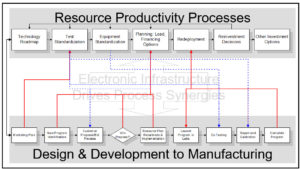
Why Analysts Say our Solution is Strategic
Something is strategic when it helps to execute a strategy or plan-of-action, improves the strategy, or makes new strategies possible. Depending on the customer and their intentions we’ve done one or all three. All companies today are endeavoring to get products to market faster and at lower costs. Our help integrating test resource management into their critical value streams has done that by increasing speed by 25% or more and reducing costs by up to 75%. Some of our customers have dropped these savings to the bottom line and others decided to reinvest some or all of their improvements in new capabilities or products that produce competitive advantages and revenue growth for their companies. One of our customers took capital freed up by our program and reinvested it to produce a 100X return on the original savings within 5 years.
Major market research firm Frost & Sullivan wrote:
“Because of its differentiated approach and focus on providing strategic and long-term benefits to customers, Sente has been chosen as the worthy recipient of Frost & Sullivan’s Customer Value Enhancement Award for Test Asset Management.”
Request a Demo
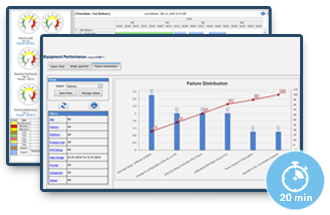
See how Scireo aEAM Software drops asset and support costs by 50% while accelerating time-to-market 2X.
Relevant Content
Asset Management 5.0: Designed for Speed & Competitiveness
Accelerated Enterprise Asset Management (aEAM) is an award-winning software and services suite used by companies with complex, asset-intensive operations and demanding competitive requirements for better than incremental improvements to speed, agility, and cost-effectiveness. The same old solutions won’t work. This is where Scireo aEAM comes in oto help transform your business. The Results with Asset…
Drive Test Equipment Utilization to Enable Investments
Driving test equipment utilization is critical to meeting today’s competitive challenges. Freeing up capacity for innovation and growth has never been more important. Companies are being asked to bring products to market in half the time and reduce their cost of operations up to 50% to succeed against aggressive global competitors. In hi-tech manufacturing businesses,…
Case Study: Semiconductor Company Increases Test Equipment Utilization
This company had a leading market share and wanted to solidify its position with its strategic customers by installing test capabilities on their sites. See how a 40% increase in bench utilization funded the project.
Equipment Utilization Case Study: Broadband Service Provider
The company was growing double digits but needed to free up investment from operations for growth projects. See how they tripled utilization, freed up capital and resources to enable that investment.
Notable Quotes
“Sente’s Test Asset Management services saved me 6 weeks during a 6-month project. This delighted our customer, saved us money and enabled me to focus my key technical talent on another new project 6 weeks earlier than planned.”
Director of Engineering

